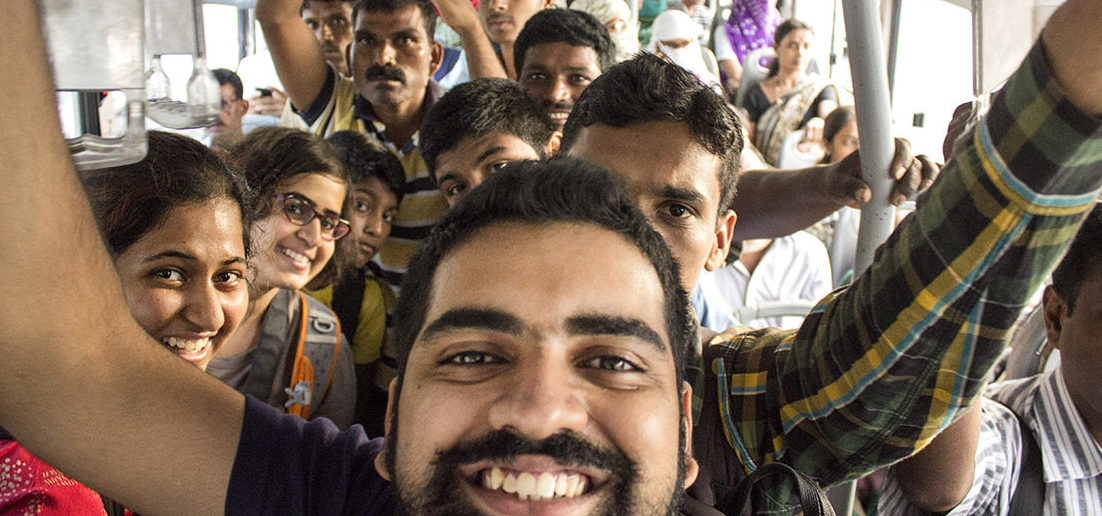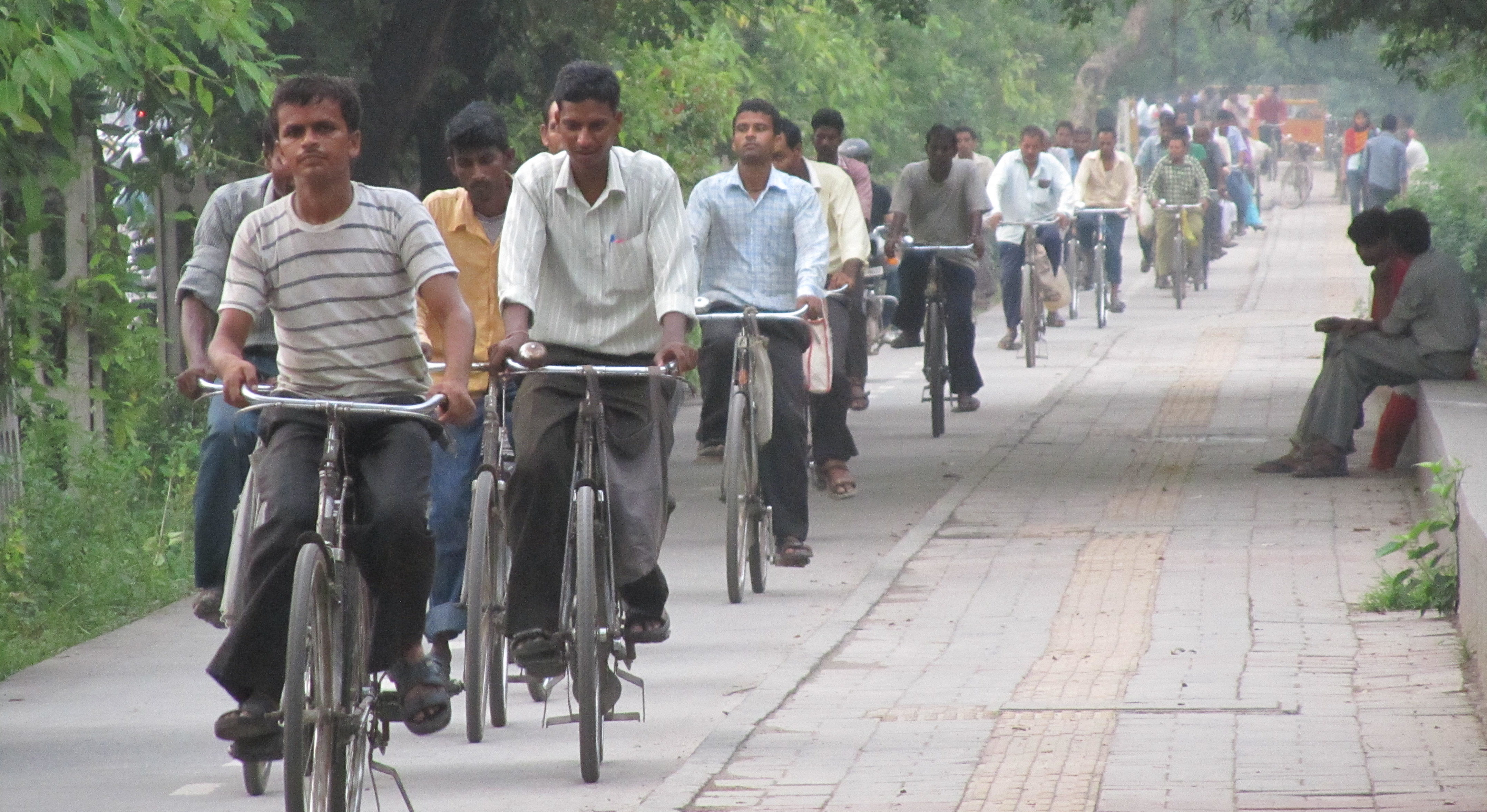As Coimbatore looks at developing 13 km of streets as ‘Model Roads’ in the city featuring high quality pedestrian environment, a team comprising officials from the Coimbatore City Municipal Corporation along with empanelled architects visited Chennai for a detailed knowledge-sharing session with their peers from the Greater Chennai Corporation on 23 February.
The team, comprising of four engineers and ten architects from Coimbatore, visited various streets developed in Chennai as part of the ongoing Chennai Street Design project. ITDP facilitated the site visits and discussions with support from the Greater Chennai Corporation and local partner, Chennai City Connect Foundation.

City officials from Chennai explained various site-specific details to the visiting engineers and architects.
Over the course of the day-long program, participants visited various streets in the city and noted key design features, such as continuous footpaths at property entrances, location of bus stops, and pedestrian crossings, all of which contribute to a safe walking environment. City engineers from Chennai showcased various construction details and stressed the need for contextual design solutions that accommodate existing utilities and landscape elements. Key implementation barriers like managing parking and street vending were also discussed.
These site visits were followed by a presentation by ITDP on best practices in street design. Mr. L. Nandakumar, Superintending Engineer (Roads, Works & Bridges), Greater Chennai Corporation, outlined the various processes adopted in Chennai to build public support for better streets. In addition, he also detailed out the construction and implementation challenges faced in Chennai and how these were resolved. Subsequent discussions saw active participation from the visiting delegation, who provided positive feedback on this program.
Learnings from these site visits and discussions will directly contribute to the street design processes underway in Coimbatore, where important streets like DB Road, TV Swamy Street, NSR Road, Sanganoor Road, Race Course Road and Masakalipalayam Road are to be redeveloped at an estimated cost Rs. 26 crore.




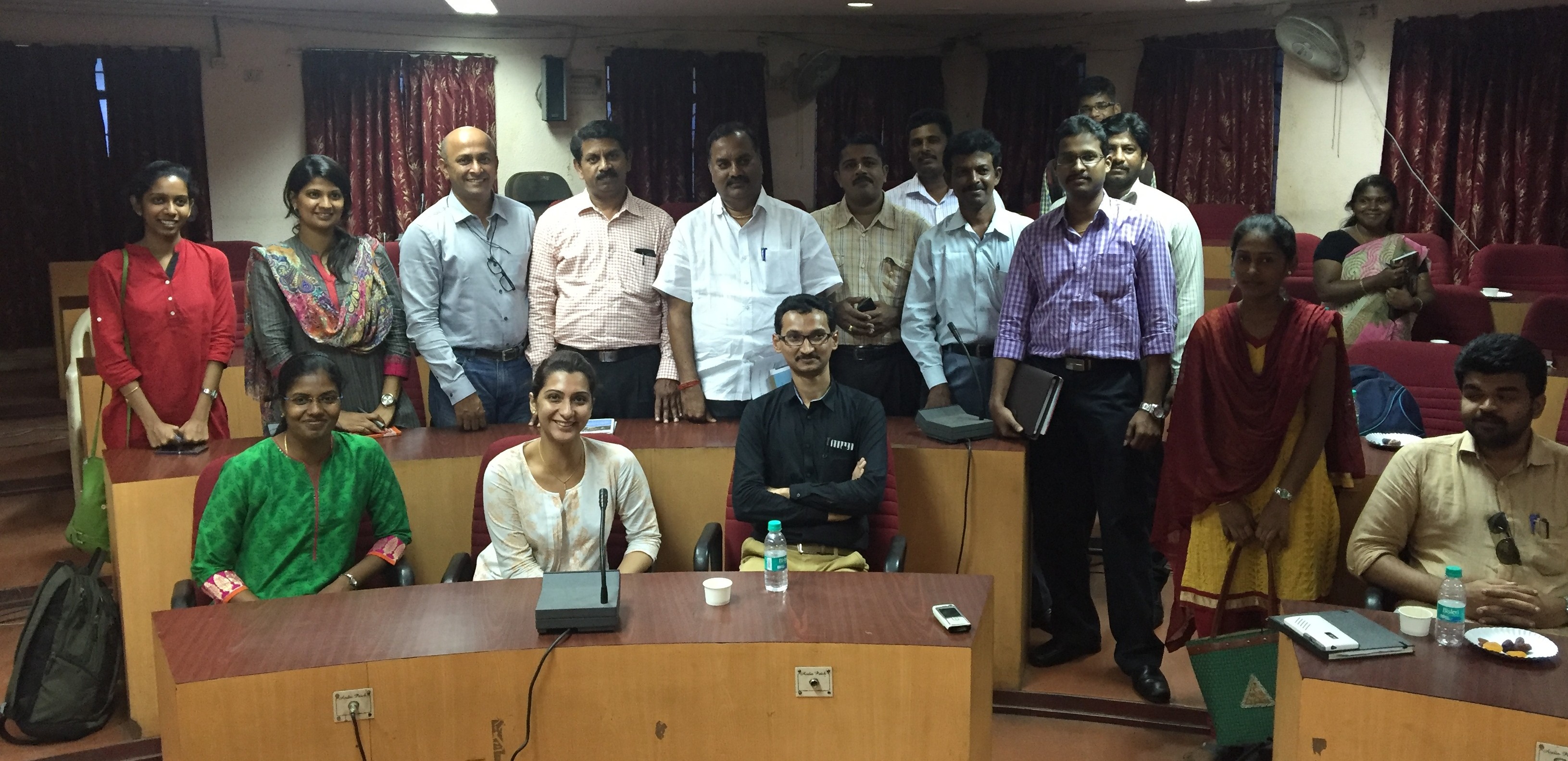




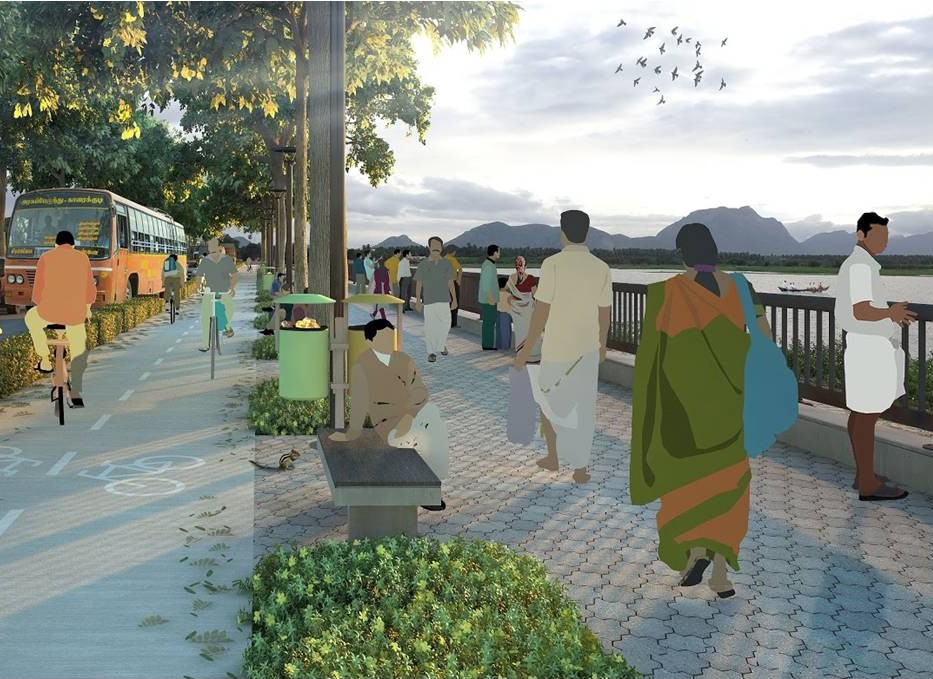




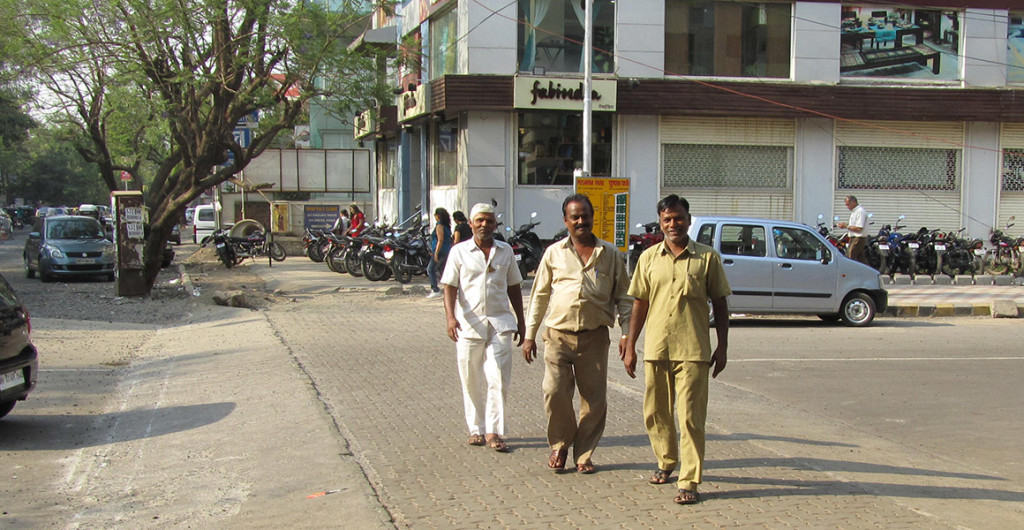









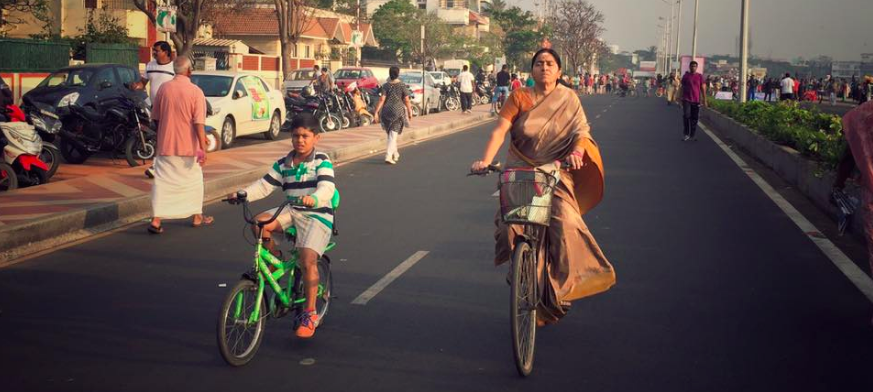


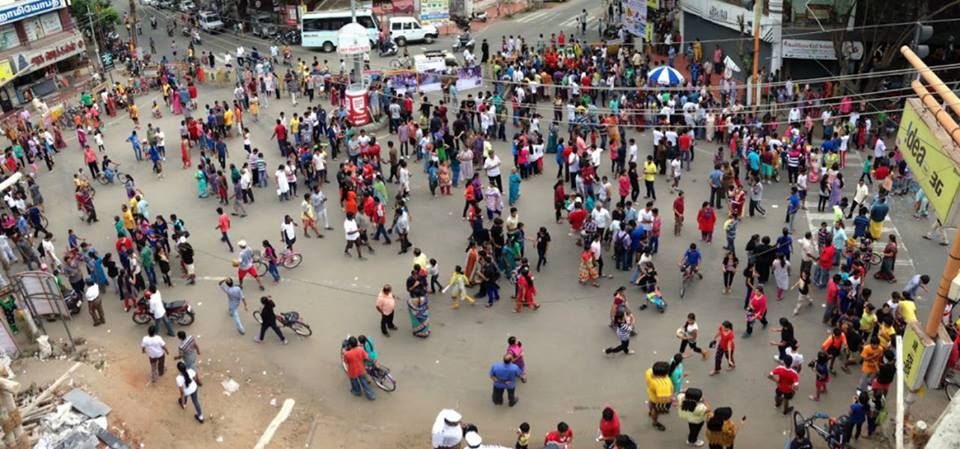


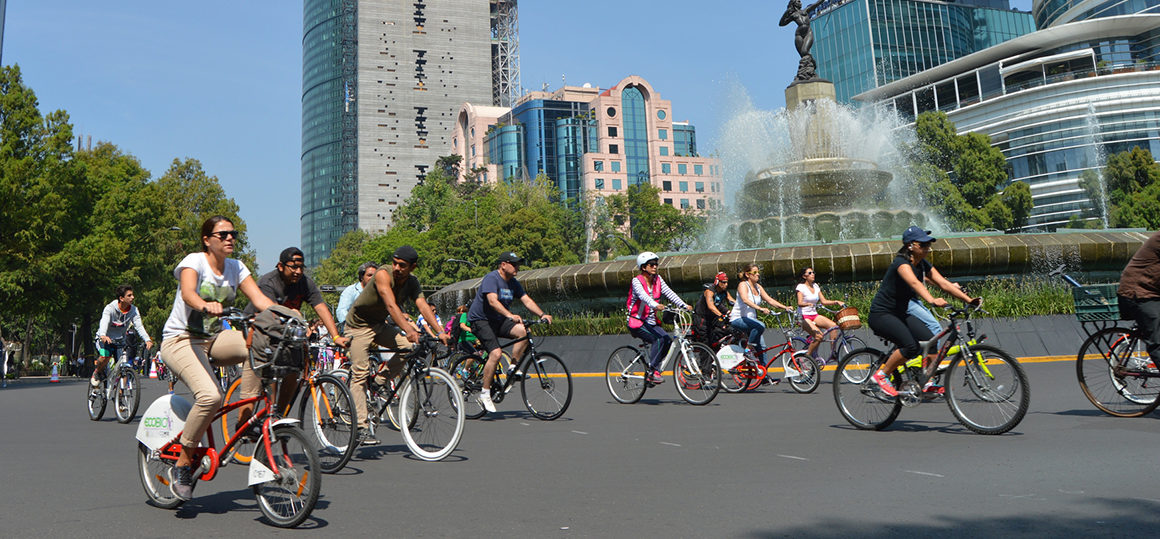



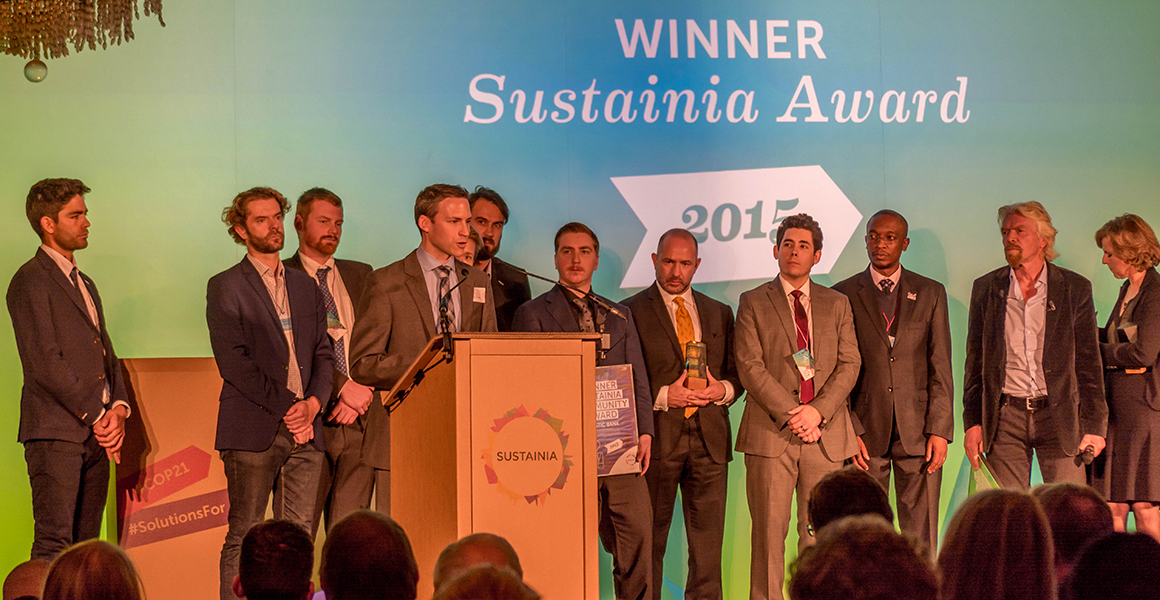
 At the Transport Initiatives Day under the Lima-Paris Action Agenda event, a range of high-ranking officials lent their weight and influence to advancing the role of transport in the global discussion, bringing increased visibility to sustainable mobility. The event featured insights from leaders in the transport sector and presentations of 10 examples of successful recent projects from around the world.
At the Transport Initiatives Day under the Lima-Paris Action Agenda event, a range of high-ranking officials lent their weight and influence to advancing the role of transport in the global discussion, bringing increased visibility to sustainable mobility. The event featured insights from leaders in the transport sector and presentations of 10 examples of successful recent projects from around the world.



